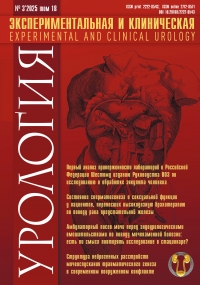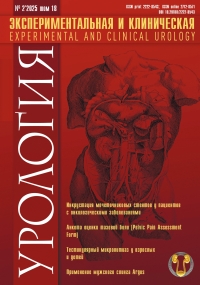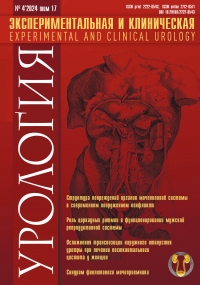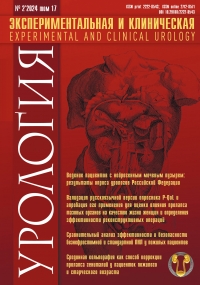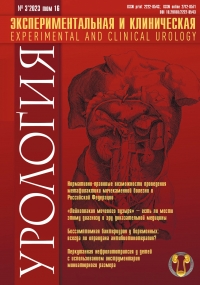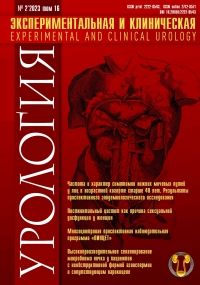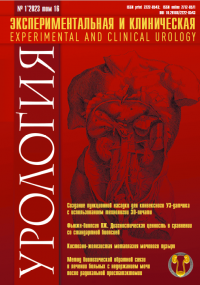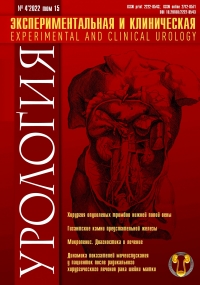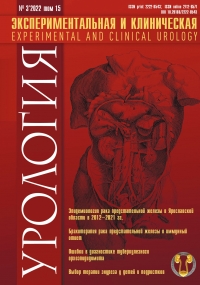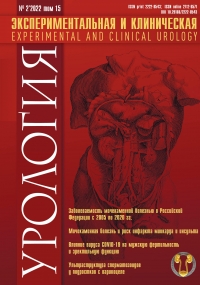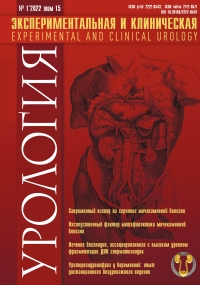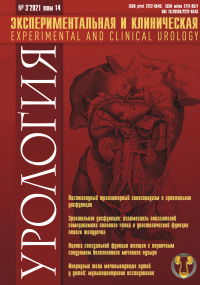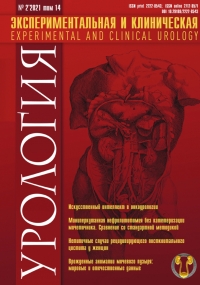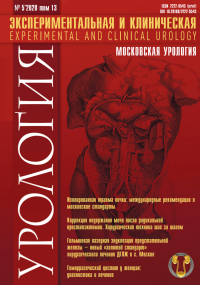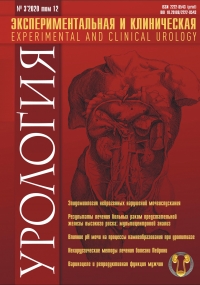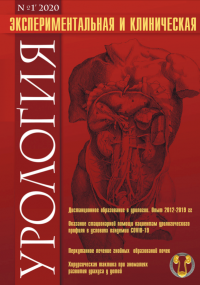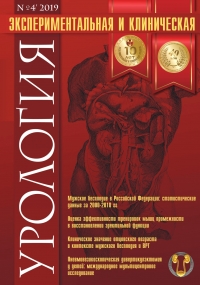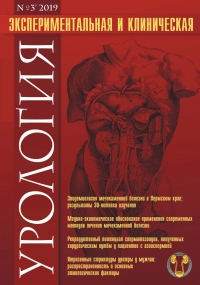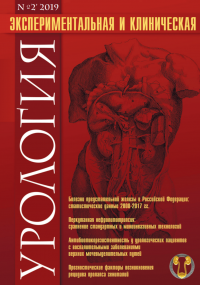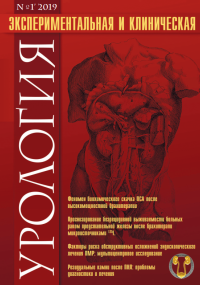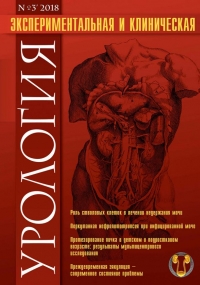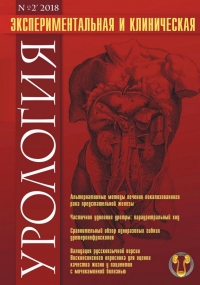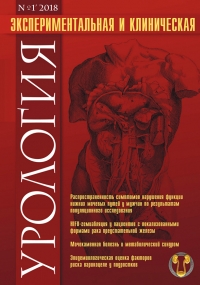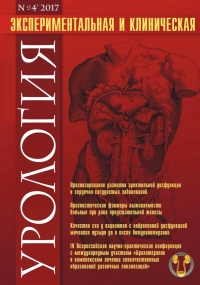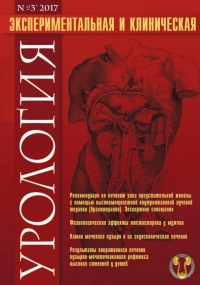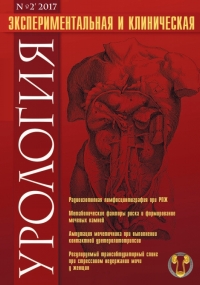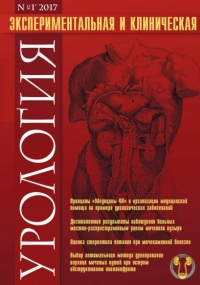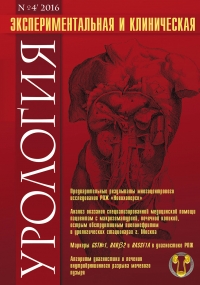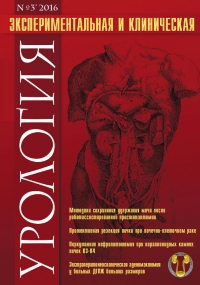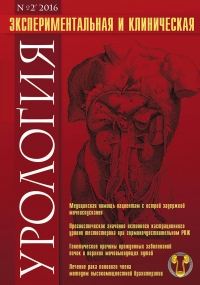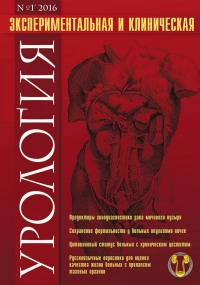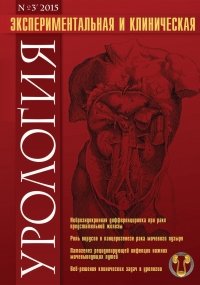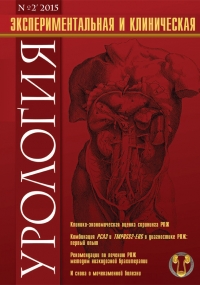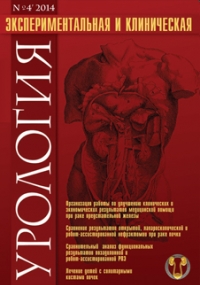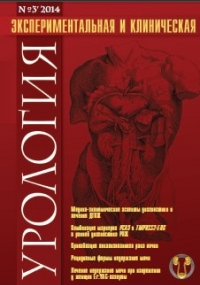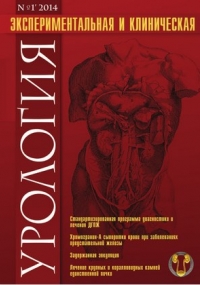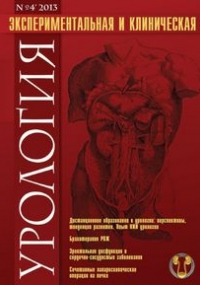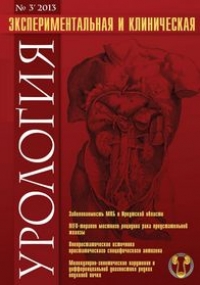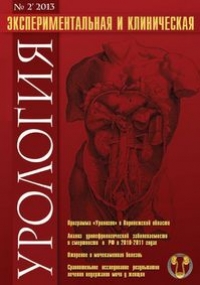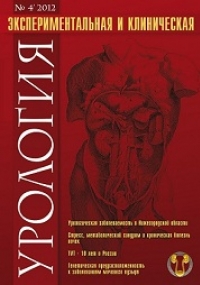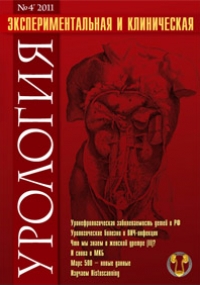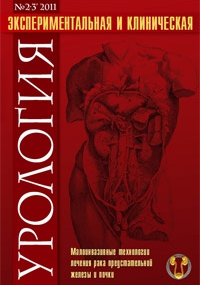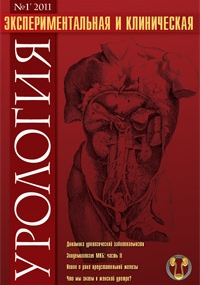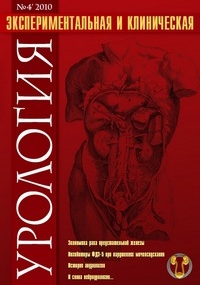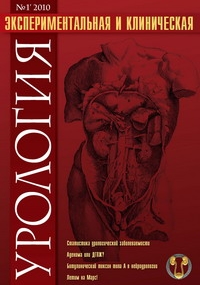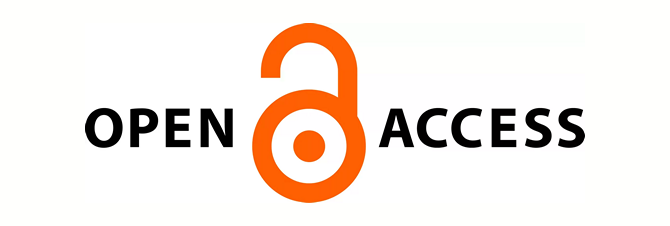Interstitial cystitis: pathogenesis, diagnostics and treatment (part 2)
- Mirkin Ya.B. – the head of the department of urogynecology and neurourology MMC "URO-PRO", Krasnodar, mirkom@yandex.ru
- Karapetyan A.V. – General Director of the MMC "URO-PRO", Krasnodar, krasnodar1@upclinic.ru
 2319
2319 This review summarizes the diagnostics and treatment of the main factors of pathogenesis of interstitial cystitis (IC)/painful bladder syndrome.
The diagnostics of interstitial cystitis/painful bladdersyndrome isstill complicated to a certain extent,since such symptoms of IC as pollakiuria and urgency are also typical for hyperactive urinary bladder, and pain upon bladder filling is also typical for bacterial cystitis.
The treatment of the damaged or incompetent glycosaminoglycan (GAG) layer of the urothelium includes cystoscopy combined with hydrodistention of the bladder followed by intracystic and oral GAG-replacement therapy. Abacterial inflammation of the interstitium followed by activation of mast cells is diagnosed by determining the level of cytokinesin urine and by pathohistological examination of the urothelium; the treatment include sintracystic instillations and irrigation of the bladder with a warm solution of anesthetics and glucocorticosteroids. The sensibilization of the peripheral nervoussystem due to the increase in the number of nociceptorsis defined by determining the level of cytokinesin urine and by immunohistochemical examination of the urothelium. The treatment includesintracystic instillations and irrigation of the bladderwith a warm solution of anesthetics and glucocorticosteroids, and also injections of botulinic neuropeptide into the Lyeto triangle.
The diagnostics of the myofascial pain syndrome (spasticity) of the striated muscles of the pelvic floor and the perineum is based on the measurement of tonus of the pelvic floor muscles; treatment is based on the injections of anesthetics, glucocorticosteroids and botulinic neuropeptide into the “trigger” regions, as well as their massage.
Authors declare lack of the possible conflicts of interests.
| Attachment | Size |
|---|---|
| Download | 934.83 KB |


